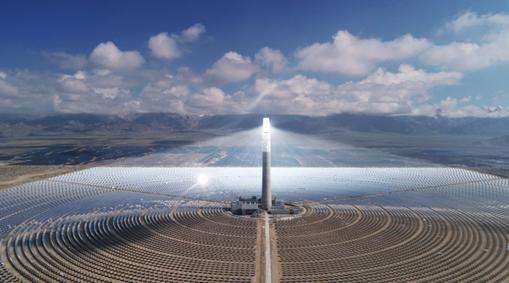Common cooling methods for turbine generators include:
(1) Air cooling. It is divided into open air cooling and closed circulation air cooling. The so-called open air cooling is that in ordinary small generators, the generator fan draws cold air into the motor from the factory building, cools each part, and then discharges it out of the machine. Closed cycle air cooling is used in large and medium-sized generators. After the cooling air comes out of the generator, it is led under the machine pit. After being cooled by a set of air coolers, it is driven into the motor by a fan. This air is always circulated internally to keep the machine clean.
(2) Water cooling. Generally, it is double water internal cooling, that is, the conductors of the stator winding and the rotor excitation winding are hollow, cooling water is passed inside the conductors, and the stator bore is still cooled by air. Although the cooling efficiency is high, the inside of the conductor is prone to scaling and clogging.
(3) Hydrogen cooling. It is divided into two cooling methods: hydrogen external cooling and water hydrogen cooling. Hydrogen external cooling is the same as air cooling, except that the cooling medium is changed from air to hydrogen, but the hydrogen cooler is inside the machine. The difference between water-hydrogen cooling and hydrogen cooling is that the stator winding conductor is filled with cooling water, and the rest is the same as the hydrogen external cooling method.














